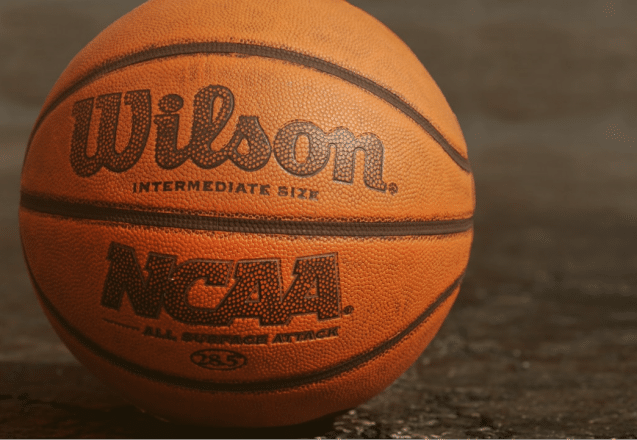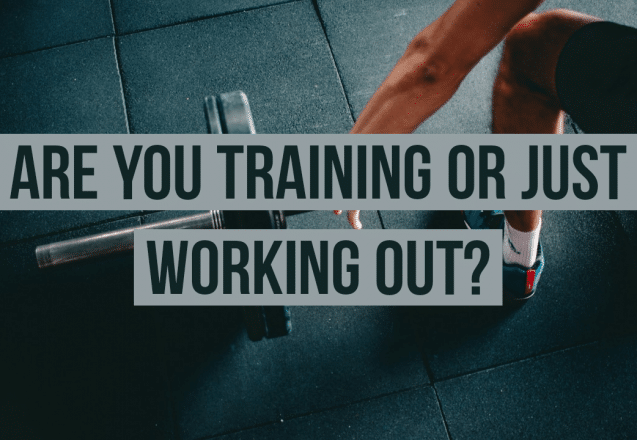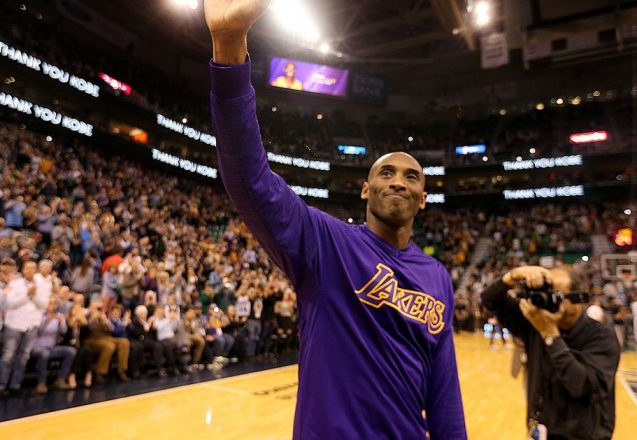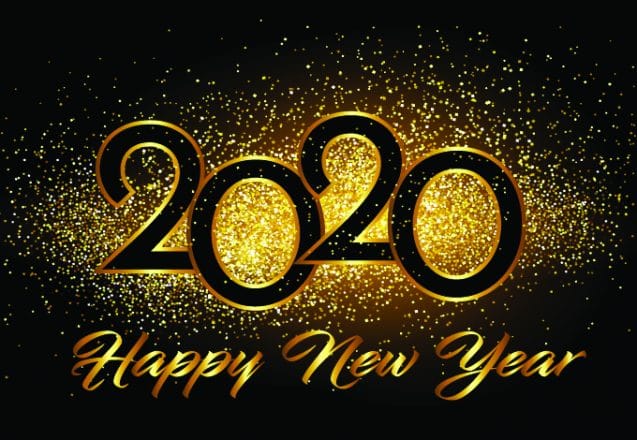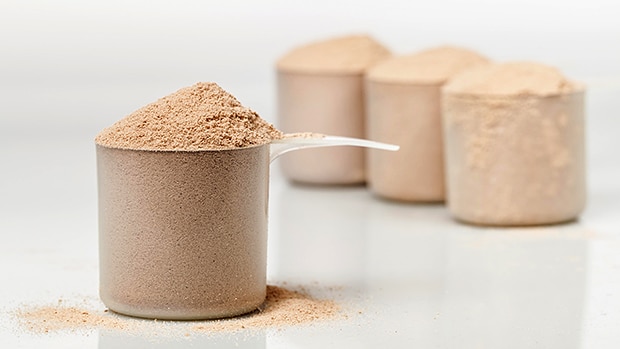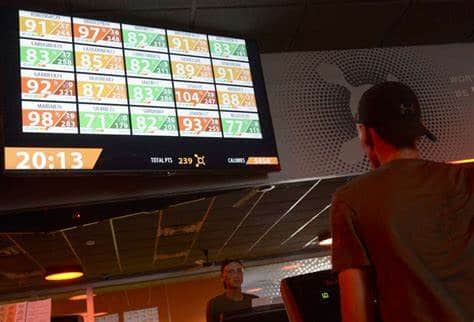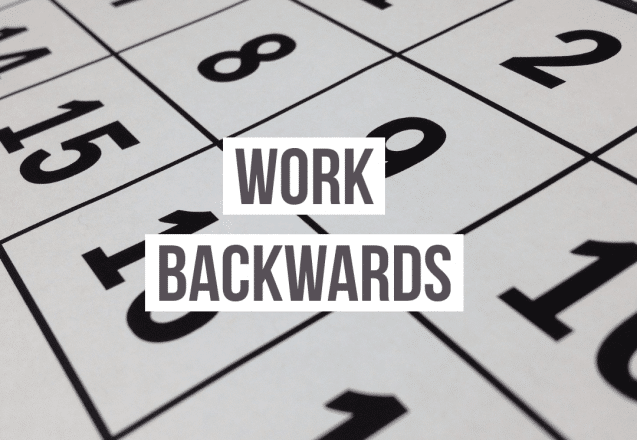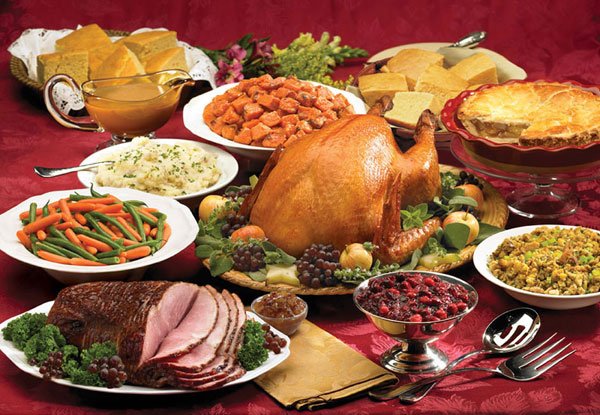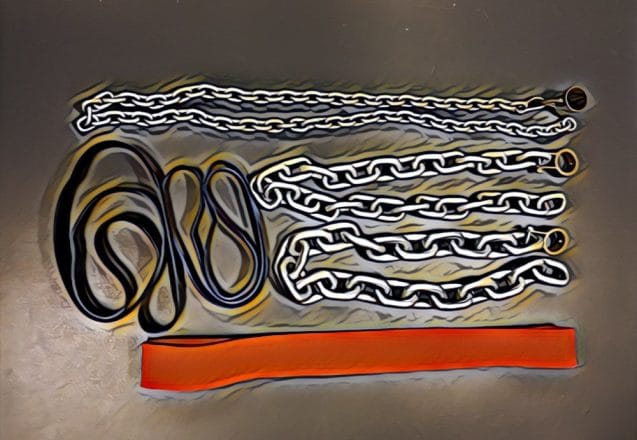Firstly, I wanted to wish you a Happy Holidays and a Happy New Year !
Both personally and professionally, 2019 has been one of the biggest learning experiences in my life to date.
As a father, a husband, a coach, a businessman, and as a person.
It has been all about striving to keep balance, keeping focused, taking the good with the bad, and celebrating the good more and not dwell on the “not so good”.
2019 has been by far one the best years WPT has ever had in terms of athletes and clients getting great results, increased memberships, and innovative coaching systems like introducing the mobile training app to athletes during the second quarter to not only further individualize programming, but also add more value and provide more than just sessions, but guidance and coaching accessible outside of the gym.
Another key takeaway for me this year has been consistency.
Despite the past 2 weeks being up and down with my weekly emails that go out, I was adamant in making sure that I sent them out on a weekly basis. So much so that it didn’t feel right if I didn’t send an email off.
Since March, emails have been consistently going out weekly, with a few hiccups here and there. But this was a huge step for me.
With so much noise that comes through your emails daily, like bills and spam, email is and will remain for me a platform where I can communicate authentically to you and share messages that, I’m gonna sound cliché here, comes from the heart and provide real value.
Thank you for letting me share them 🙂
With that said, I wanted to share with you 9 big takeaways from 2019 that helped me to stay productive and keep moving forward.
Lesson 1.) I mentioned this already, but the biggest key to producing has been consistency. It’s not what you can do every once and that will steer you in the direction you want to go, but what you choose to do daily. You don’t have to hit homeruns every single day, but taking consistent strides in the right direction is guaranteed to get you there.
You don’t need to workout for 2 hours every single day. If you can make it to a gym, then 10 minutes is sufficient. Just do it consistently. I challenge you this year to be consistent in striving toward your goals.
Lesson 2.) Start small and don’t overwhelm yourself. I am probably the biggest culprit when it comes to this one. You know you have stuff that you need to do, you know it needs to get done, and you only think about EVERYTHING that needs to get done instead of breaking it down into smaller pieces and just starting.
Start small and progress. It doesn’t need to be an entire feat all at once. See the larger picture and scale it down. It’s almost like putting together a 1000 piece puzzle. You are going to get frustrated if you try and rush putting it together, but if you first section off the similar pieces, work on that area, then on to the next, you will eventually get the puzzle done. Go piece by piece.
Lesson 3.) Stop trying to do things perfectly. Occasionally I was slower to execute ideas because I thought they needed to be absolute perfection before being completed. All this did was kill time instead of simply executing the ideas and just correcting them as I went.
Now there isn’t anything wrong with being a perfectionist on occasion. Hell sometimes it’s necessary. But if you adopt the perfectionist attitude in every single thing that you do, it might get done, but you will slow down production unnecessarily waiting for everything to be perfect.
Just DO, correct, and learn from your mistakes as you go.
Lesson 4.) Lighten up on self critique. I was so hard on myself this year in retrospect. Constantly thinking about where we “should” be as a business, or how much further along I should be in life. If it was supposed to be, then it would be. As my mentor says, you are where you are supposed to be. Just continue to build.
I couldn’t really improve if I kept being too hard on myself. I couldn’t relax. I would create a hamster wheel of negative thoughts instead of focusing on the good that had been done. Yes there are going to be days where you don’t achieve a specific result that you wanted. It happens. Just adjust and try again. You can’t dwell on it because it just kills time and confidence.
You will probably always be your own toughest critic, but you should also be your own best encourager.
Lesson 5.) Don’t go it alone. I have had a tendency to burrow into my own shell whenever I am going through things. Instead of reaching out, and asking for help, or confiding in those in my closest circles to help or give me advice, I would close myself off and try to deal with it internally. Not good.
Whenever I opened up about what I was going through, I always gained different perfective and got a little more clarity and peace of mind.
If you are going through it, reach out. If you are wanting to start something new, find someone else to go along for the ride who will support you throughout the experience. Don’t go it alone if you don’t have to.
6.) Don’t bring your worries from work home. It’s a steady balance. Regretfully there were days where business-wise I may have been dealing with some things that affected my mood at home. I wasn’t as mentally or emotionally present as I should have been while home with my family because I was carrying the weight from the day on my shoulders with me.
I had to learn to just let go and enjoy time with my family and be present. Work isn’t meant to be taken home.
Simply put it just felt better turning off and just being with family. Still a feat I am trying to master.
7.) Take time for you. Take breaks. Step away when it’s necessary. My goal this year was to go on at least 3 vacations, and take more weekend trips.
Each and every time I took the time away, I came back more productive. And I intend on doing the same thing this coming year. I felt like I had plateaued and lacked creativity if I was doing the same thing in the same places daily. So taking the time off was necessary.
Even if its for a few hours, just a day, or a long weekend, for your own health, and those around you, take time off when you need so that you don’t burn out.
8.) Be intentional daily. As part of the business mastermind I am in, we are given an agenda every quarter where we break down must do’s on a weekly and daily basis.
They are called the Big 3. It involves taking some time the week before and clarifying what are the 3 biggest tasks you need to accomplish this week to move you closer to your goals.
This has been priceless for producing. It makes everything I have done for the day intentional, making every week seem like a step forward.
I could have been having a “rough” week, but if I managed to get done what I said I would get done for the week, it was a win.
Instead of drifting through the days, set some type of goals along with mini goals that you strive for each day and give you a better sense of purpose.
9.) Work in spite of fear. There hasn’t been more than 2 days in a row where I have not awoken with some type of fear or anxiety about what I am doing.
The goals I have personally, for my family, especially business can at times seem so big that it literally scares me and creates anxiety. Sometimes debilitating.
As time has gone on, I learned that the anxiety and fear never really go away, you just have to go in spite of it and focus on the big picture. In a sense, it should fuel you.
2019 was one of those years where the fear and anxiety were extra amplified some weeks, and not as great others. I just had to go.
There are going to be some things in your life that you know you need to do, but are afraid to start. But imagine what you might miss out on if you let fear continue to paralyze you? Your goals should scare you, not stop you.
Fear is just a part of the process, especially when you venture out from your comfort zone. Let 2020 be a year where you take the chance despite having fear!
************
I hope that you had a very Happy Holidays and an incredible New Years celebration.
Cheers to another revolution around the Sun and your future accomplishments that will happen during.
-Coach Willis

